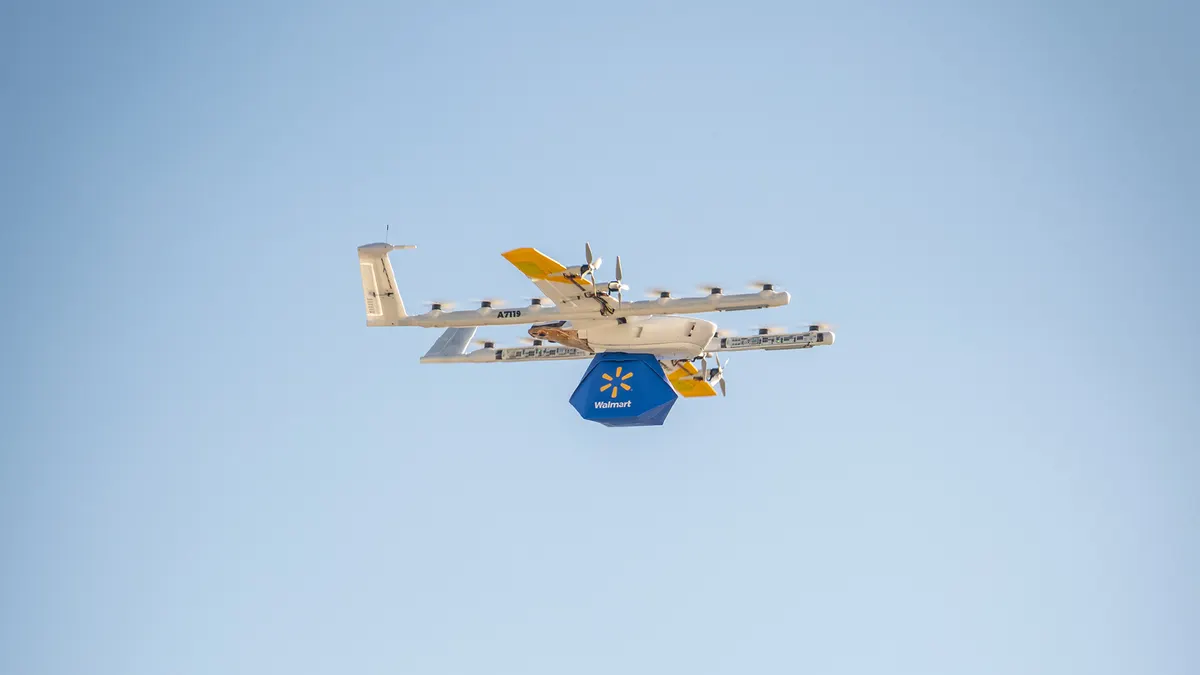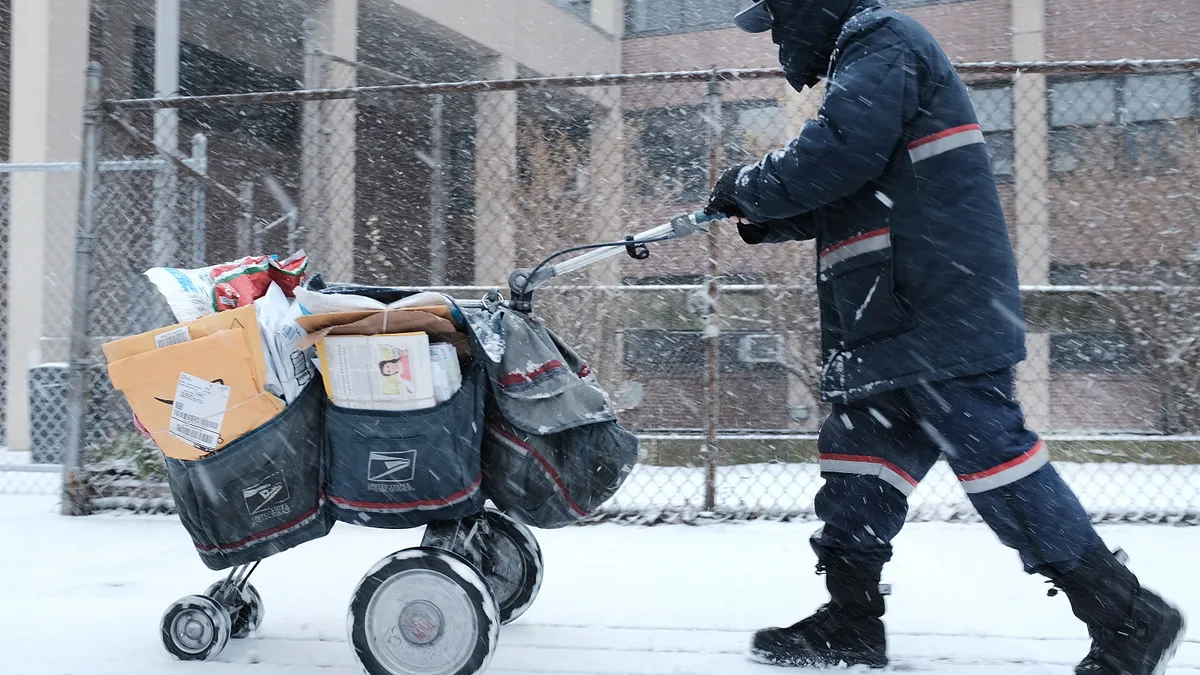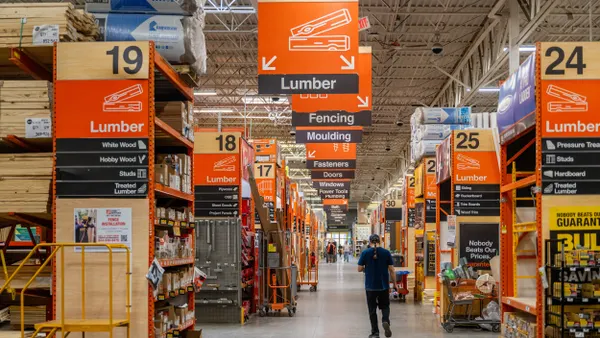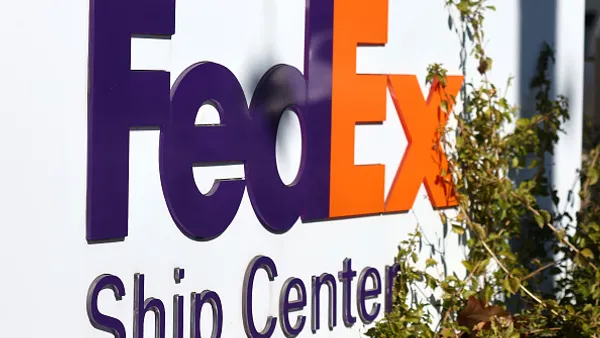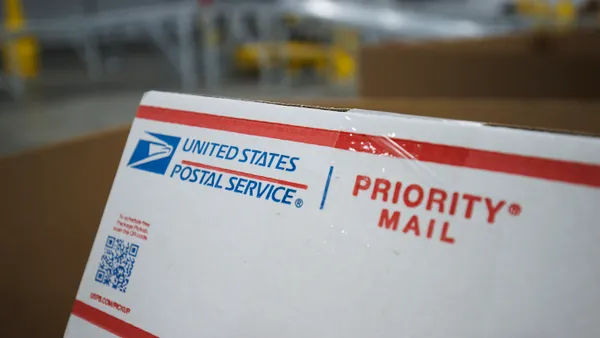The Trump administration has proposed an overhaul to how the government approves and regulates longer-distance drone operations, which industry stakeholders said could boost the viability of logistics services using the technology.
Currently, the Federal Aviation Administration grants waivers or exemptions on a case-by-case basis for operators to use drones beyond the visual line of sight, which helps delivery providers reach more end customers. The proposal aims to eliminate that process and instead offer a more straightforward pathway for operators to secure regulatory approval.
Regulatory constraints are among the obstacles drone operators have been navigating in recent years as they look to expand their last-mile delivery capabilities. Transportation Secretary Sean Duffy said in an Aug. 5 press conference that the rule changes would help strengthen the use case of drones across U.S. industries, including logistics, while potentially limiting road congestion and fuel emissions.
"It's going to change the way that people and products move throughout our airspace," Duffy said. "So you may change the way you get your Amazon package. You may get a Starbucks cup of coffee from a drone. The way you get your products will fundamentally change."
Industry stakeholders have backed the proposed rule. The Commercial Drone Alliance said if finalized, the change will enable drone applications at scale in logistics, agriculture, energy and more. Benjamin Berlin, aviation counsel at drone delivery provider Zipline, said on LinkedIn that "the rule will unlock the next generation of services" tied to drone operations.
If finalized as-is, the rule would create two authorization types for drones to move beyond the visual line of sight of a pilot or observer.
One authorization is a part 108 operating permit. Permits would allow for a 55-pound maximum drone weight and a fleet size of up to 100 aircraft. Operators could also fly over areas with a population density considered to be "Category 3" or lower, which includes suburban delivery locations, per the proposal.
"FAA anticipates that package delivery permit holders would conduct most of their deliveries within housing developments and areas with single-family homes," the agency said in its proposal.
The FAA said it anticipates many of the package delivery operations currently being conducted under part 107 regulations would shift to permitted operations under the proposed rule. Part 107 rules currently allow drones of less than 55 pounds for commercial operations.
The other authorization type is a part 108 operating certificate. Under this authorization, delivery drones can weigh up to 110 pounds and operate over all population density categories, including multifamily housing and major downtown locations. However, compared to a permit, obtaining a certificate requires a more thorough FAA review and heavier oversight, per an agency fact sheet.
Public comments on the proposal can be submitted in the Federal Register until Oct. 6.
“We will be working diligently over the next several weeks to provide our perspective and feedback as part of the rulemaking process,” Commercial Drone Alliance CEO Lisa Ellman said in remarks at Duffy’s press conference. “Our hope is that the final rule will accelerate the expansion of commercial and public safety drone operations throughout the United States, while enhancing the safety and transparency of the national airspace.”
Editor's note: This story was first published in our Logistics Weekly newsletter. Sign up here.



